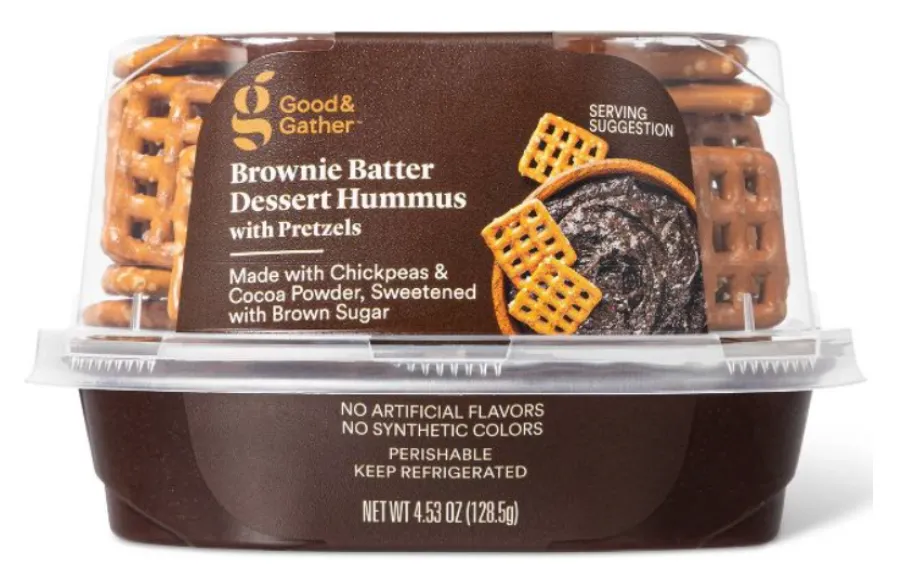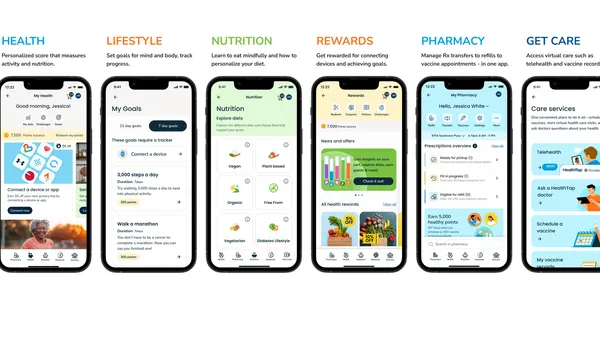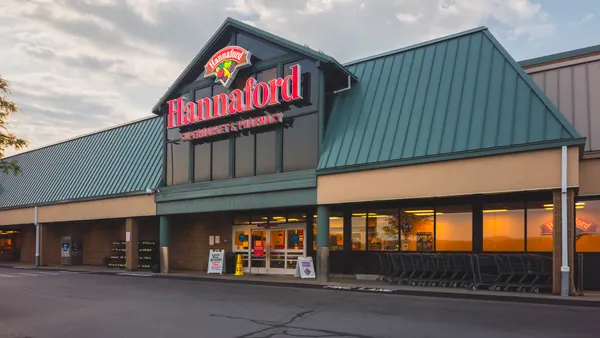While nearly everyone has bought store brands, retailers tend to see some consumer segments as more loyal to own brands than others, according to IRI. With ongoing inflationary pressures and now a “recession mindset” changing how consumers shop, grocers have a prime opportunity to entice more shoppers to switch to their private brand offerings, the research firm noted in a new report on private brands.
The need for grocers to invest more in private brands is two-fold, according to IRI: Private brands have traditionally fared better than name brands during challenging economic times, yet have only recorded small gains in the current inflationary period.
Generating more fans of private brands can give grocer’s gain a competitive edge. IRI found that surveyed consumers are increasingly claiming that store brand assortment frequently or always influences where they choose to shop, up 2 percentage points between the third quarters of 2021 and 2022.
“Consumers don't change their shopping happiness habits easily. During this period of high inflation, they're making different choices based on financial constraints. That's not going to last forever.” Mary Ellen Lynch, principal of center store solutions at IRI, said during a webinar on the report. “Winning shop during this period with store brands can secure your loyalty for the future.”
Who are private brand loyalists?
Store brands increased their share of all-outlet dollar sales to 17.5% amid the recent inflationary pressures, IRI found, noting that food and beverage products are boosting their dollar share while nonfood dollar share is holding steady.
While private brand dollar share is growing across all generational cohorts, low-income shoppers who are older boomers and seniors, and middle-income millennials have seen the biggest growth, according to IRI data for the last 52 weeks ending Oct. 9. The report notes that engagement with private brands slips as household income increases.
Younger/wealthier and older/low-income shoppers consume a higher share of private brands
“We should keep in mind that 12% of US households are receiving SNAP benefits … and SNAP households have a greater propensity to say that they will switch to a lower cost brand or switch to a store brand more often, so we need to put store brands where these budget-strapped consumers are shopping,” Lynch said.
Compared to shoppers who are loyal to name brands, store brand loyalists tend to have lower incomes, identify as white, own homes, are in larger households and live in less urban areas, according to IRI.
Private brand loyalists tend to spend more time reading labels, enjoy shopping and be more engaged with the experience, yet trail the total dollar spending and number of trips of loyalists to name brands. These shoppers also tend to be more focused on searching for the lowest price compared to name brand loyalists, IRI found.
“Retailers really need to be close to their shopper in their communities and understand who is shopping in their stores,” Lynch said.
How can private brands gain more fans?
IRI’s research found that store brands and name brands are often viewed as similar to each other. Yet even among loyal store brand shoppers, the latter is almost always viewed as superior to the former.
“Just being on shelf is not enough. Years ago, that was enough,” Lynch said. “Now, [retailers] need to actually build the brand, communicate the brand, support the brand.”
Product consistency, in particular, is key to meeting consumer expectations and creating sticking behavior, Lynch said, adding that consumers often notice when a supplier change impacts store brand quality.
“I monitor different fan sites for different retailers and products,” Lynch said. “In one case, the fans for one retailer were actually recommending the store brand at a different retailer because [at] Retailer A the product quality for the store brand had changed.”
Expanded flavors and product attributes are two key areas IRI identified as ways for private brands to stand out. To appeal to younger consumers, retailers can offer more items focused on convenience, healthy attributes and “flavor adventure,” giving Target’s Good & Gather grab-and-go snacks, Whole Foods Market’s 365 coconut water and edgy products like spicy dill pickle potato chips by c-store chain Foxtrot as examples.

“Habits for those youngest consumers are being formed now,” Lynch said. “They're exploring different channels, different store formats and trying different products. Stick to the attributes that matter most to this cohort, including flavor, adventure, sustainability and convenience.”
As for older consumers, Lynch noted that retailers should be mindful that that cohort tends to have smaller households and be budget-strapped.
Because private brand loyalists say trust is an important purchase driver, IRI said retailers should lean on trust in their popular products to incentivize shoppers to test out other store brand items.
Retailers should support store brands as they do national brands in areas such as brand development, production, packaging, promotions, placement and pricing to gain the attention of affluent households, IRI said.
“Consumers are not necessarily shopping for the lowest price,” Lynch said. “It's got to be the right product at the right price. It's got to be a good product.”












